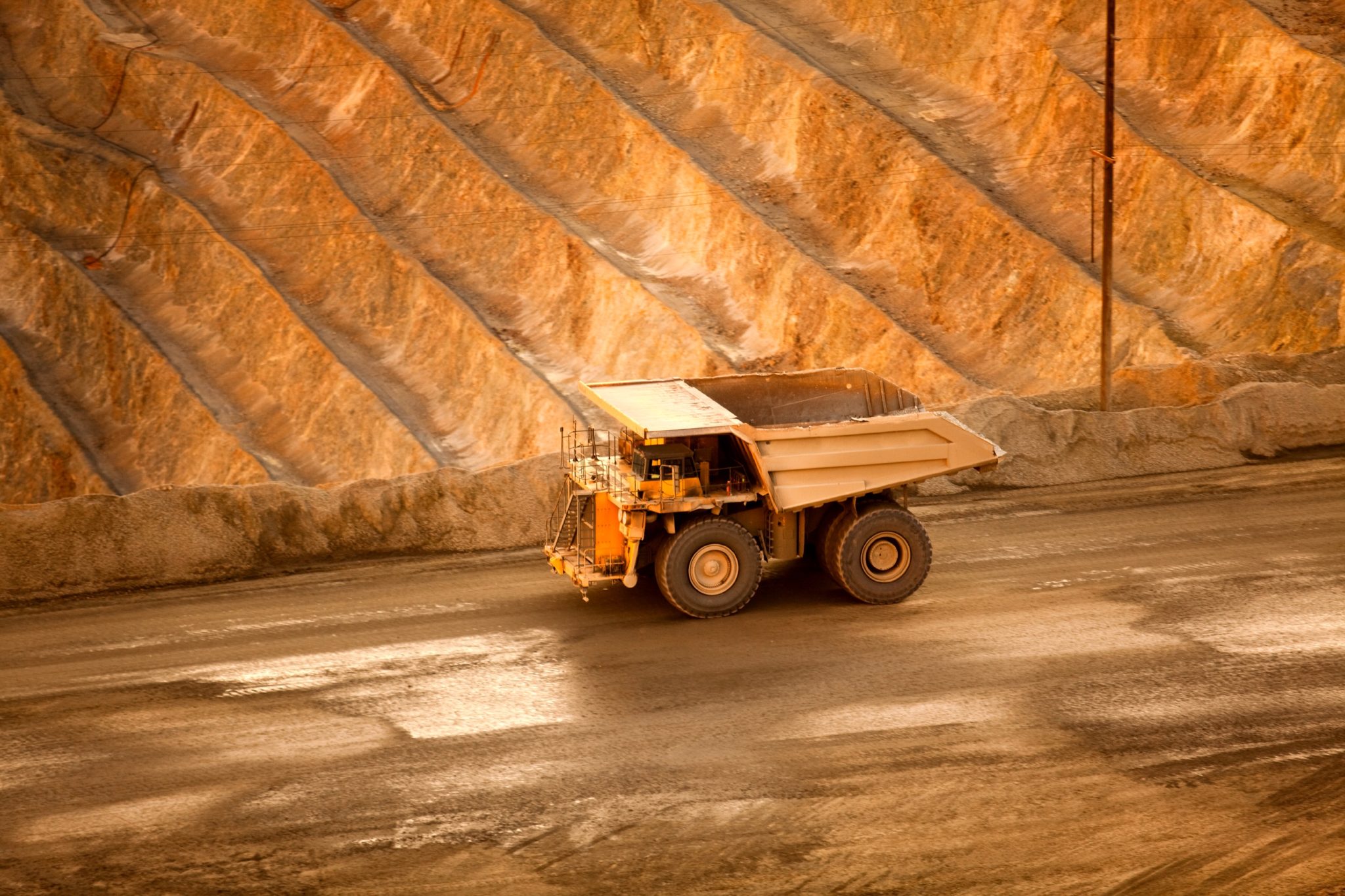
Press Release: June 19, 2020
Australian headquartered mining and civil services firm Global Road Technology (GRT) welcomes the newest Queensland government guidelines around the management of respirable dust in mineral mines and quarries into its risk analysis framework. The changes around how qualitative and quantitative risk assessments can be integrated have broad implications in terms of the ongoing management and suppression of air pollution caused by mining sites. Critically it will put a renewed impetus on Site Senior Executives (SSE’s) identifying, analysing and monitoring onsite respirable dust hazards due to the recognition of the health hazard they pose to workers
Further evidence of the dangers of respirable dust on the health of workers on mining sites was showcased last week with the Queensland government announcing the updating of its Guideline for the management of respirable dust in the state’s mineral mines and quarries around the measurement of air pollution and firmly establishing exposure limits.
For GRT Managing Director Troy Adams, the updating of these guidelines further highlights the dangers of respirable dust on the health of mining workers and the safety of the communities located nearby mine-sites.
“GRT firmly welcomes the direction provided by the updated Guideline in that it recognises the dangers poised by dust pollution on the health and wellbeing of workers,” said Mr Adams.
“It also highlights that over time, that workers with sustained and elevated exposure to airborne respirable dust via inhalation (including very small particles of dust with a diameter less than 10 microns that reach the deepest parts of peoples lungs) will have profound health impacts. This can include an increased risk of developing MDLD such as pneumoconiosis, chronic obstructive pulmonary disease (COPD) and lung cancer – our product suite has been developed specifically to suppress and even eliminate dust to mitigate these negative outcomes.”
The updated Guidelines provide a structure for SSE’s and other persons onsite to identify, analyse and monitor risk associated with respirable dust hazards, establish and maintain effective controls associated with respirable dust hazards and set-up health surveillance for workers exposed to respirable dust hazards.
From a GRT perspective, the critical element of the Guidelines is the renewed focus establishing effective and reliable respirable dust control measures.
This focus aligns with the emphasis and investment GRT has made in its products, solutions and services that focus on working with SSE’s and providing them the ability to have the tools they require from the onset to focus on dust control. The company has specifically formulated and designed dust suppression technologies that minimise exposure levels to dust while also addressing challenges around water scarcity and extreme temperature conditions.
It is also using the guidelines outlined by Safe Work Australia, the national policy body responsible for Workplace Health and Safety (WHS) laws, has instructed Australia’s state governments to halve the occupational exposure limits (OEL) for silica dust to 0.05 mg/m3 and further reduce the OEL for other mineral dust from 2.5 mg/m3 to 1.5 mg/m3 to ensure its products meet these requirements.
Assessing risk associated with respirable dust can be a complex process due to the requirement to undertake specific risk management techniques and GRT ensures that its products meet the needs of operators and the ability of their products to meet the needs of various stages of a mine’s lifecycle from planning, construction, operations and end-of-life requirements. The new Guideline outlines the importance of dust suppression due to the health impacts across all elements of a mine due to each stage requiring a different approach.
GRT General Manager Mr Daniel Grundy firmly believes that the new Guideline is a step in the right direction and that it validates the approach the firm has taken in developing its products and services working alongside mine operator to ensure they meet safety requirements.
“Any dust is a health hazard – and once it has entered your lungs, there is no way out!” Mr Grundy said.
“GRT products and services meet the stringent safety and environmental requirements laid down by the state and federal governments across Australia. Critically, we’ve worked alongside the sector from the onset to develop our products and tailor them to the needs of the sector from the pit to the port. Proactively managing respirable dust hazards across the life of a mine provides an opportunity for the operator to reduce risk and this is where we come in to assist in the reduction of airborne dust using specific products at key stages of the process cycle – with the overall aim of protecting workers and communities.”
Source: USA Today
Your feedback is important to us. If you enjoyed reading this Global Road Technology industry update and found it informative, please let us know by leaving a REVIEW.
Are environmental regulations, health and safety concerns or potential profit loss a concern right now?
Contact Us Now